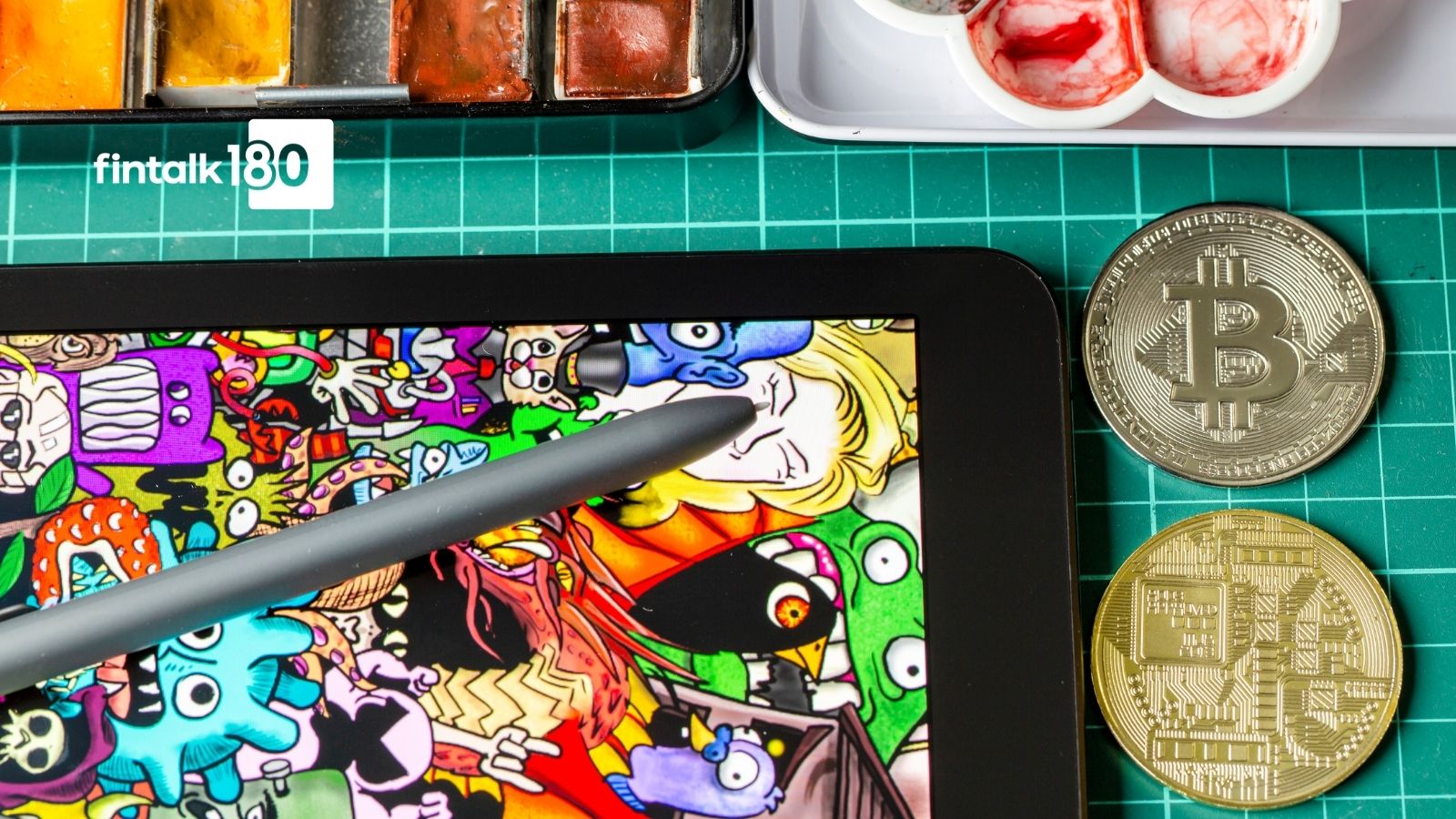數碼複製時代的藝術作品

兩篇上世紀的經典學術文章,對 NFT 作為藝術創作的新媒材有莫大啟示作用。一篇是上次提及過 1959 年的《聯邦廣播委員》(The Federal Communication Commission),產權經濟學之父高斯(Ronald Coase)首次提出「產權」〈property rights)作為交易局限條件的重要性:
“The delineation of rights is an essential prelude to market transactions.”
高斯對音樂市場的啟發,就如他當年對無線電頻率市場的分析,權利界定是市場交易的先決條件。是的,數碼世界裏的產權問題,一直困擾著各行各業的創作人。想當年,Steve Jobs 以為憑 iTunes 可以解決音樂盜版問題,誰料到 Spotify 等串流平台才是今天市場的主流。
然而,串流平台只有限度地保護音樂播放的產權,原創音樂本身的知識產權還未得到足夠保障。NFT 能否透過其背後去中心化技術去完善原創音樂的知識產權,還是帶來更多知識產權的問題(包括我在《誰擁 NFT》一文提出的侵權問題)?我們拭目以待。加密藝術,我卻幾可肯定會大大受惠於 NFT 的普及。這個推斷,是建基於另一篇經典文章。
1935 年,法蘭克福學派哲學家班雅明(Walter Benjamin)發表了《機械複製時代的藝術作品》(The Work of Art in the Age of Mechanical Reproduction)一文。開宗明義,班雅明道出機械複製時代藝術需要重新定義:
The transformation of the superstructure, which takes place far more slowly than that of the substructure, has taken more than half a century to manifest in all areas of culture the change in the conditions of production. Only today can it be indicated what form this has taken. Certain prognostic requirements should be met by these statements. However, theses about the art of the proletariat after its assumption of power or about the art of a classless society would have less bearing on these demands than theses about the developmental tendencies of art under present conditions of production. Their dialectic is no less noticeable in the superstructure than in the economy. It would therefore be wrong to underestimate the value of such theses as a weapon. They brush aside a number of outmoded concepts, such as creativity and genius, eternal value and mystery—concepts whose uncontrolled (and at present almost uncontrollable) application would lead to a processing of data in the Fascist sense. The concepts which are introduced into the theory of art in what follows differ from the more familiar terms in that they are completely useless for the purposes of Fascism. They are, on the other hand, useful for the formulation of revolutionary demands in the politics of art.
一大堆馬克思理論的專有名詞,結論是:為無產階級服務是藝術應有之義。班雅明的論述是這樣的,傳統藝術作品的價值,是儀式價值,是崇拜價值。最完美的藝術複製品,仍欠缺原作的「此時此地」,這獨一無二的存在決定了藝術作品的歷史,亦即是所謂的「靈光」(aura)。
攝影或錄影等機械複製技術,卻破壞了藝術創作此時此地的靈光。於是,工業革命機械複製的量產年代,亦是「靈光消逝的年代」。電影的誕生,讓傳統藝術作品的儀式價值得到解放。班雅明質疑,法西斯主義只係將政治美學化(aestheticization of politics)卻未有把藝術政治化(politicizing art),又如何為無產階級服務呢?
換句話說,複製技術賦予電影在羣眾面前的政治展演價值,就是班雅明眼中藝術應有之義。半個世紀後,安迪華荷透過普普藝術幾乎實踐了班雅明的預言,「幾乎實踐了」是因為安迪華荷只是透過工業革命提供的複製技術把藝術商業化,因此亦曾被指責為對消費主義「諂媚」。
今天,NFT 背後的區塊鏈技術,容許藝術創作的此時此地紀錄下來。從此,數碼複製時代的藝術作品,可以靈光再現了!
徐家健
美國克林信大學經濟系副教授






